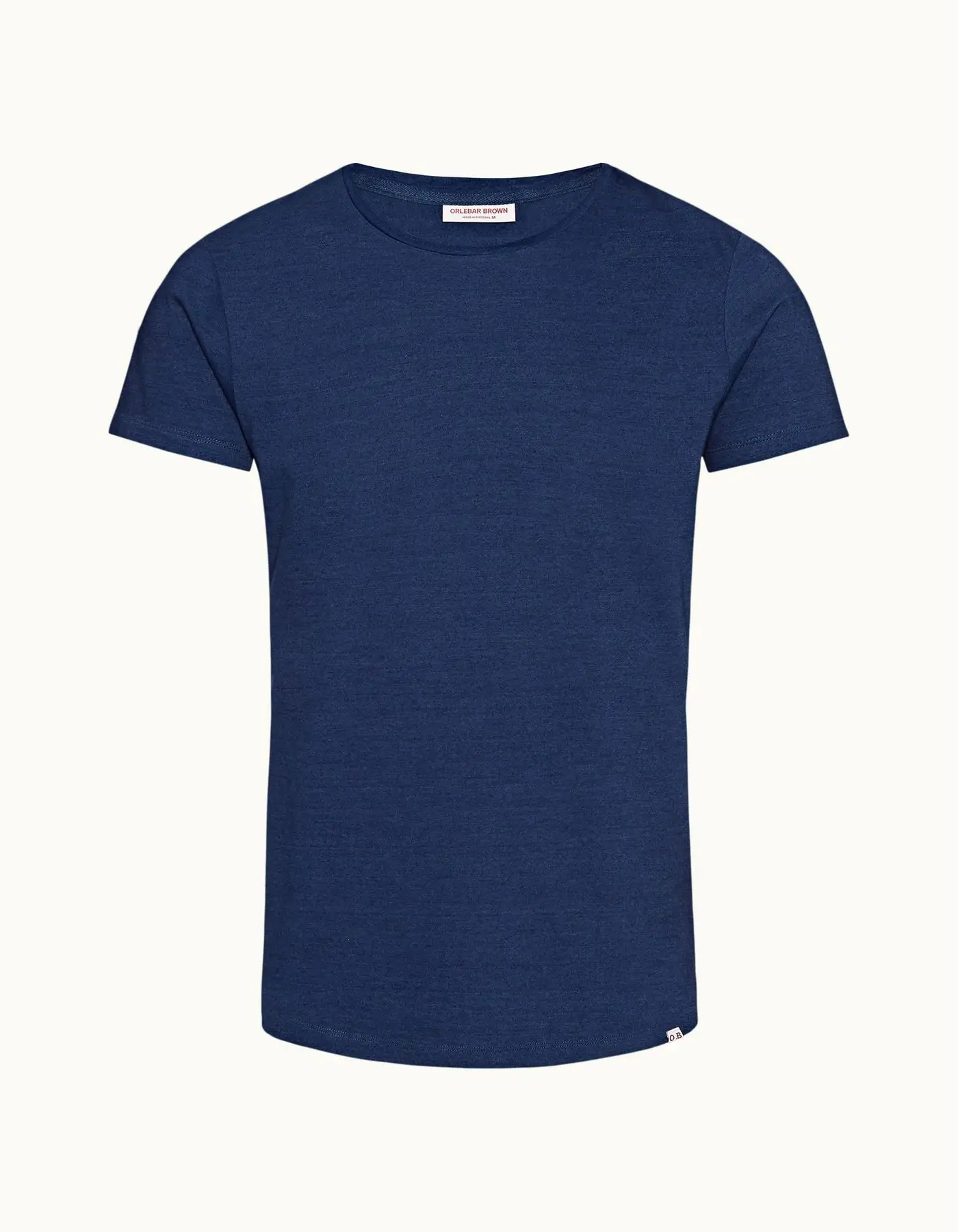As 3D printing technology becomes increasingly popular in Dubai, businesses and designers are exploring its potential to revolutionize product design.
However, understanding the cost implications is crucial for companies considering this technology. This article examines the various cost factors associated with using 3D printing in Dubai for product design, offering insights into how businesses can effectively manage and optimize their expenses.
1. Initial Investment in 3D Printing Technology
One of the first cost considerations for companies in Dubai looking to adopt 3D printing for product design is the initial investment in equipment.
High-quality 3D printers, particularly those capable of producing intricate designs with multiple materials, can be expensive. Prices for industrial-grade 3D printers can range from thousands to hundreds of thousands of dirhams, depending on the printer’s capabilities, size, and the materials it can handle.
In addition to the printer itself, companies must also consider the cost of software, training, and setup. The software required for 3D modeling and printing often comes with licensing fees, which can add to the overall cost. Additionally, staff may need training to operate the equipment and use the software effectively, which represents an additional upfront expense.
2. Material Costs
Material costs are a significant ongoing expense in 3D printing Dubai. The cost of materials can vary widely depending on the type of material used, the quality required, and the quantity needed for each project. Common materials used in 3D printing include plastics, resins, metals, and composites. In Dubai, sourcing high-quality materials that meet specific product design requirements can be costly, particularly if the materials need to be imported.
For example, specialized materials like titanium or carbon fiber, which are often used in high-performance applications such as aerospace or automotive product design, can be considerably more expensive than standard thermoplastics. Companies must carefully select materials based on their product design needs, balancing cost with performance and durability.
3. Production Costs: Comparing 3D Printing and Traditional Manufacturing
When considering the cost implications of 3D printing in Dubai, it’s essential to compare it with traditional manufacturing methods. While 3D printing may have higher upfront costs due to equipment and materials, it often proves more cost-effective for low-volume production runs and custom designs.
Traditional manufacturing methods like injection molding or CNC machining typically require expensive molds and tooling, which can drive up costs, especially for small production runs. In contrast, 3D printing eliminates the need for molds, allowing for greater flexibility and reduced costs in the prototyping and design stages. For companies in Dubai that frequently iterate on product designs or produce small batches of customized products, 3D printing can be a more economical choice.
4. Time and Labor Costs
Time and labor costs are also critical factors when evaluating the cost implications of 3D printing for product design. One of the significant advantages of 3D printing is its ability to reduce the time required for prototyping and production. This reduction in time can lead to substantial cost savings, particularly in industries where time-to-market is a critical factor.
However, it’s important to note that while 3D printing reduces the need for manual labor in some areas, such as assembly, it may require skilled technicians to operate and maintain the printers.
In Dubai, the cost of skilled labor can be high, and businesses must factor this into their overall cost calculations. Additionally, the time required to print complex designs can vary, with longer print times potentially leading to higher labor costs if printers need to be monitored or managed throughout the process.
5. Post-Processing and Finishing Costs
Post-processing is an often-overlooked aspect of 3D printing that can significantly impact costs. After printing, many products require additional steps such as cleaning, sanding, polishing, or painting to achieve the desired finish. The complexity and level of detail required in post-processing can vary depending on the product design and the material used.
In Dubai, where high-quality finishes are often expected, businesses may need to invest in additional equipment or outsource post-processing tasks to specialized service providers. This can add to the overall cost of using 3D printing for product design, particularly if the product requires a high level of detail or a premium finish.
6. Scalability and Mass Production Considerations
While 3D printing offers significant cost advantages for low-volume production and customized designs, it may become less cost-effective as production scales up. Traditional manufacturing methods like injection molding may offer lower per-unit costs for large production runs due to economies of scale.
For companies in Dubai considering 3D printing for mass production, it’s essential to carefully evaluate the cost implications. In some cases, a hybrid approach that combines 3D printing for prototyping and design with traditional manufacturing for mass production may be the most cost-effective solution.
7. Long-Term Cost Savings and ROI
Despite the upfront costs associated with 3D printing, many companies in Dubai find that the long-term cost savings and return on investment (ROI) justify the initial expenditure. The ability to rapidly prototype, customize designs, and reduce material waste can lead to significant savings over time.
Additionally, the flexibility offered by 3D printing allows companies to innovate and adapt quickly to changing market demands, which can drive revenue growth and enhance competitiveness.
8. Government Incentives and Support
Dubai’s government has been actively promoting 3D printing through various initiatives and incentives, which can help offset some of the costs associated with adopting this technology.
For example, the Dubai 3D Printing Strategy includes support for businesses and startups involved in 3D printing, which may include grants, subsidies, or access to specialized resources. Companies should explore these opportunities to reduce their overall costs and enhance their ROI.
Conclusion
The cost implications of using 3D printing in Dubai for product design are multifaceted, involving considerations of initial investment, material costs, production efficiencies, and scalability.
While the upfront costs can be significant, the long-term benefits of 3D printing, such as faster time-to-market, customization, and material optimization, often result in substantial cost savings. By carefully managing these costs and leveraging available government support, businesses in Dubai can effectively harness the power of 3D printing to innovate and compete in the global market.




